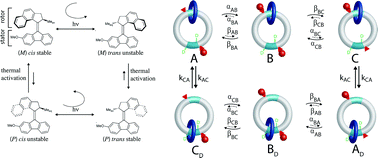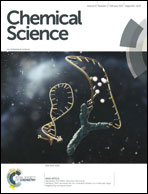How molecular motors work – insights from the molecular machinist's toolbox: the Nobel prize in Chemistry 2016
Abstract
The Nobel prize in Chemistry for 2016 was awarded to Jean Pierre Sauvage, Sir James Fraser Stoddart, and Bernard (Ben) Feringa for their contributions to the design and synthesis of molecular machines. While this field is still in its infancy, and at present there are no commercial applications, many observers have stressed the tremendous potential of molecular machines to revolutionize technology. However, perhaps the most important result so far accruing from the synthesis of molecular machines is the insight provided into the fundamental mechanisms by which molecular motors, including biological motors such as kinesin, myosin, FoF1 ATPase, and the flagellar motor, function. The ability to “tinker” with separate components of molecular motors allows asking, and answering, specific questions about mechanism, particularly with regard to light driven vs. chemistry driven molecular motors.

- This article is part of the themed collection: Most downloaded articles of 2017: Analytical, Biological and Medicinal Chemistry


 Please wait while we load your content...
Please wait while we load your content...